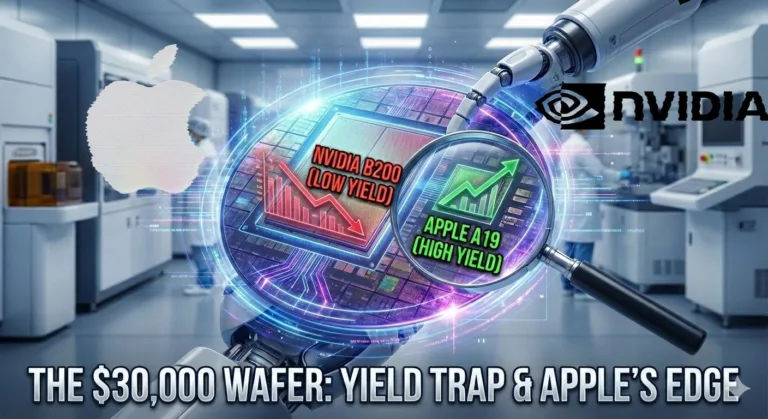Researchers from the Georgia Institute of Technology have achieved a major breakthrough in electronics by creating the world’s first functional semiconductor made entirely from graphene. This opens the door to faster, more efficient computing and smaller electronic devices.
Introduction to Graphene Semiconductors
A semiconductor is a material that can conduct electricity under certain conditions. Semiconductors are essential components of nearly every modern electronic device. Silicon has long been the semiconductor of choice, but it is nearing its limit as consumer tech demands faster speeds and smaller sizes.
 Structure of hexagonal nano material.
Structure of hexagonal nano material.
Graphene, on the other hand, is perfectly poised to replace silicon. Graphene is a single sheet of carbon atoms arranged in a hexagonal lattice. It is extremely durable, conducts heat and electricity very efficiently, and has unique quantum mechanical properties. Researchers have long tried to alter graphene to give it a “band gap” – a key property that allows semiconductors to switch on and off.
Creating a Graphene Semiconductor
The researchers were led by Dr. Walter de Heer, a Regents’ Professor of Physics at Georgia Tech. They developed a process to grow sheets of graphene on silicon carbide crystals inside a furnace. This created “epitaxial graphene” – a layer of graphene chemically bonded to the silicon carbide.
After perfecting the process over a decade with colleagues at Tianjin University in China, the researchers successfully altered the graphene to have a band gap by adding certain atoms. This allowed them to accurately measure the graphene’s electronic properties for the first time without damaging it.
They found the mobility of electrons to be 10 times greater than silicon. This means electrons can flow with very little resistance, allowing faster computing speeds. It also reduces overheating issues prevalent in smaller silicon devices.
According to Dr. De Heer, “It’s like driving on a gravel road versus driving on a freeway. It’s more efficient, it doesn’t heat up as much, and it allows for higher speeds.”
The Potential Impact of Graphene Electronics
This breakthrough provides the very first functional 2D semiconductor material suitable for nanoelectronics. And because graphene allows quantum mechanical effects to occur, it could enable the development of quantum computing.
Dr. De Heer compares this to the Wright Brothers’ first plane flight – while some doubted its impact at the time, it was the beginning of technology that would connect continents. He envisions graphene triggering a paradigm shift in electronics.
Graphene’s superior qualities could allow newer, faster generations of tech gadgets and computers. It could also make electronics more environmentally friendly by reducing waste.
As Dr. Lei Ma, director of the Tianjin research center, stated: “A long-standing problem in graphene electronics is that graphene didn’t have the right band gap and couldn’t switch on and off at the correct ratio, Our technology achieves the band gap, and is a crucial step in realizing graphene-based electronics.”
After more than a decade of work, the researchers have cleared the primary obstacle holding back the promise of graphene semiconductors. Their breakthrough opens new doors for faster and more powerful computing in the decades to come.
The whole research paper can be found here
Discover more from WireUnwired Research
Subscribe to get the latest posts sent to your email.



